Effective listening is essential for successful facilitation. This involves techniques like paraphrasing, asking open-ended questions, and synthesizing ideas. Skilled facilitators also track opinions, engagement levels, and group feedback. Here is your go-to script to handle many items you might run into as a facilitator.
No, You're Not Supposed To Be The Most Dominate Voice In The Room: The Leader as a Facilitator
A top-level community leader excels by facilitating team interactions rather than dominating discussions. Their focus should be on managing the process and relationships within the team, allowing team members to share content and ideas. Like a conductor guiding an orchestra, a leader's role is to support collaboration, ensure balanced participation, and create an environment where everyone feels heard and valued.
The Important Pheromones of Good Leaders
Leaders can enhance community trust and cohesion by being present, providing resources, managing alarms wisely, maintaining calm, and unifying people around a common purpose. We would be wise to model our leadership style off of the industrious honey bee who’s pheromone systems can provide insights into effective leadership through five key "pheromones" - footprint, resource, alarm, calming, and unity.
The Power of Trust in Leadership
Community Conflict: Regulate, Relate, and Reason
In an era of escalating conflicts, understanding how to manage disagreements is crucial for personal and community well-being. This blog post explores the essential steps of regulating emotions, relating to others, and reasoning effectively to foster safe, connected, and productive environments. Learn practical strategies to transform conflict into constructive communication and collaboration.
Mastering First Steps in Community Change and Transformation
Creating a Clear and Compelling Vision for Change: Part 2
Creating a Clear and Compelling Vision for Change: Part 1
The Vision needs to be so clear that everyone gets it. No management mumbo-jumbo, no statistics that are meaningless to most people; no negative visioning. The vision needs to capture our imagination so clearly in our mind's eye that we know exactly what it will look like when we get there. A compelling vision transcends mere strategic objectives; it paints a holistic picture of the organization's identity, values, and aspirations. It resonates with employees on a deeply personal level, evoking a shared sense of belonging and commitment to a common cause.
Change Champions, Bystanders and The Toxic Few
We explore the dynamics of change within communities, framing stakeholders into three distinct roles: Change Champions, the Toxic Few (Resistors), and Bystanders. We use the Change Bell Curve to emphasize the importance of focusing energy on engaging Change Champions and winning over Bystanders, while not wasting efforts on the entrenched resistance of the Toxic Few. By understanding these dynamics and leveraging effective communication strategies, communities and organizations can navigate change more successfully and foster a culture of growth and adaptation.
Dissatisfaction with Status Quo and the Case for Change: Part 2
As we continue to journey through the Change Formula, we need to be able to craft a compelling Case for Change within the Change Formula, focusing on dissatisfaction (D). Through communication, leadership support, and a culture of improvement, we address why change is necessary and its implications. Articulating the Case effectively across platforms to build support and counter resistance is crucial.















